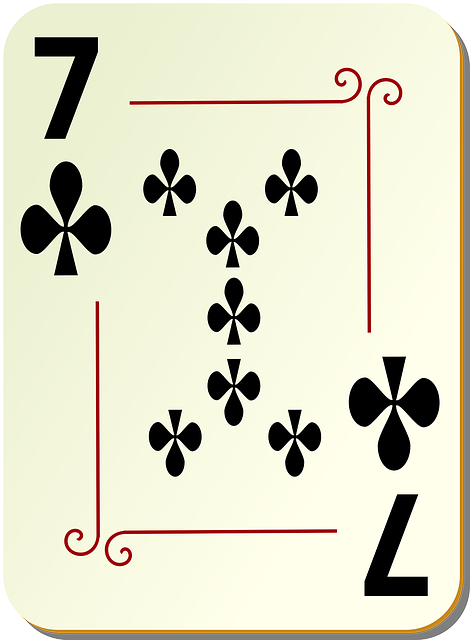Texas Hold'em, a globally popular poker Games, combines strategic thinking with elements of luck. Players receive two private cards and bet based on hand strength plus community cards revealed in stages. Key tactics include position play, bet sizing, and hand selection. The game's dynamic interactions and various variants like Omaha and No-Limit Hold'em cater to diverse skill levels.
Texas Hold’em, one of the most popular poker games globally, captivates players with its blend of skill, strategy, and luck. This dynamic game has taken the poker world by storm, offering an engaging experience for both casual enthusiasts and seasoned professionals. In this article, we’ll explore the fundamentals of Texas Hold’em, unravel its rules and gameplay dynamics, delve into strategic considerations, and uncover various exciting variants that have contributed to its enduring appeal as a premier choice among poker games.
What is Texas Hold'em?

Texas Hold’em is one of the most popular and well-known variants within the world of poker games. It’s a community card game where each player receives two private cards, known as hole cards, which they combine with five community cards dealt face up on the table to form their best possible hand. The objective is simple yet strategic: create the highest ranking hand using any combination of your two hole cards and the five community cards.
This dynamic poker game combines skill, strategy, and a bit of luck as players wager based on the strength of their hands and attempt to win the pot by having the best hand at the end of each round. Texas Hold’em’s global appeal lies in its balance between these elements, making it accessible for beginners while offering enough complexity to keep experienced players engaged.
Rules and Gameplay

Texas Hold’em is one of the most popular poker games globally, attracting players from all corners. The game involves each player receiving two private cards, known as hole cards, followed by five community cards dealt face-up in three stages: the flop, turn, and river. Players aim to create the best five-card poker hand using any combination of their hole cards and the community cards.
Gameplay proceeds with betting rounds after each deal. Players can check, bet, raise, or fold based on their hand strength and the potential of the community cards. The goal is to win the pot by having the highest hand at the end of each round or by convincing other players to fold, leaving them with no better option than to forfeit the pot. This dynamic interaction of strategy, bluffing, and skill has solidified Texas Hold’em’s status as a staple in the poker games landscape.
Strategy and Popular Variants

Texas Hold’em is a strategic poker game that has captured the hearts (and wallets) of many. Beyond the basic rules, a wealth of strategies exist to master. Players can employ various tactics like position play, bet sizing, and hand selection to gain an edge at the table. Understanding when to fold, call, or raise is key, especially with the ever-changing dynamics of each round.
The popularity of Texas Hold’em has led to numerous variants sprouting up over time. From Omaha to Seven-Card Stud, each offers a unique twist on the classic game. These variations cater to different preferences and skill levels, adding diversity and excitement to the world of Poker Games. Whether it’s the speed of No-Limit Hold’em or the extra cards of Draw Poker, there’s a variant to suit every poker enthusiast.
Texas Hold’em, one of the most popular poker games globally, offers a blend of strategy, skill, and luck. By understanding the rules, exploring gameplay variations, and mastering strategies, players can enhance their experience in this captivating game. Whether it’s the classic version or one of its many variants, Hold’em continues to captivate both casual and professional players alike, making it a staple in the world of poker games.






